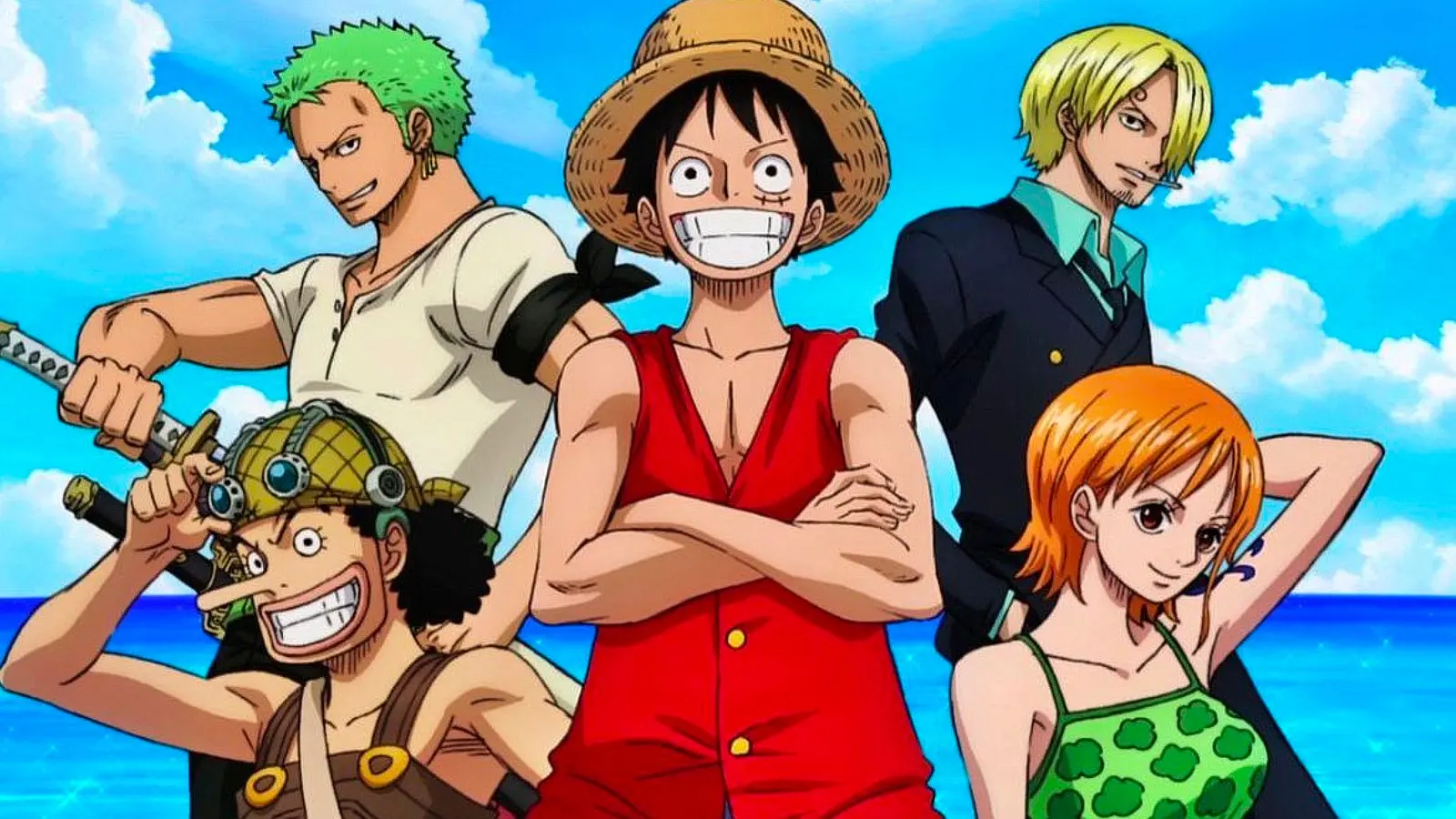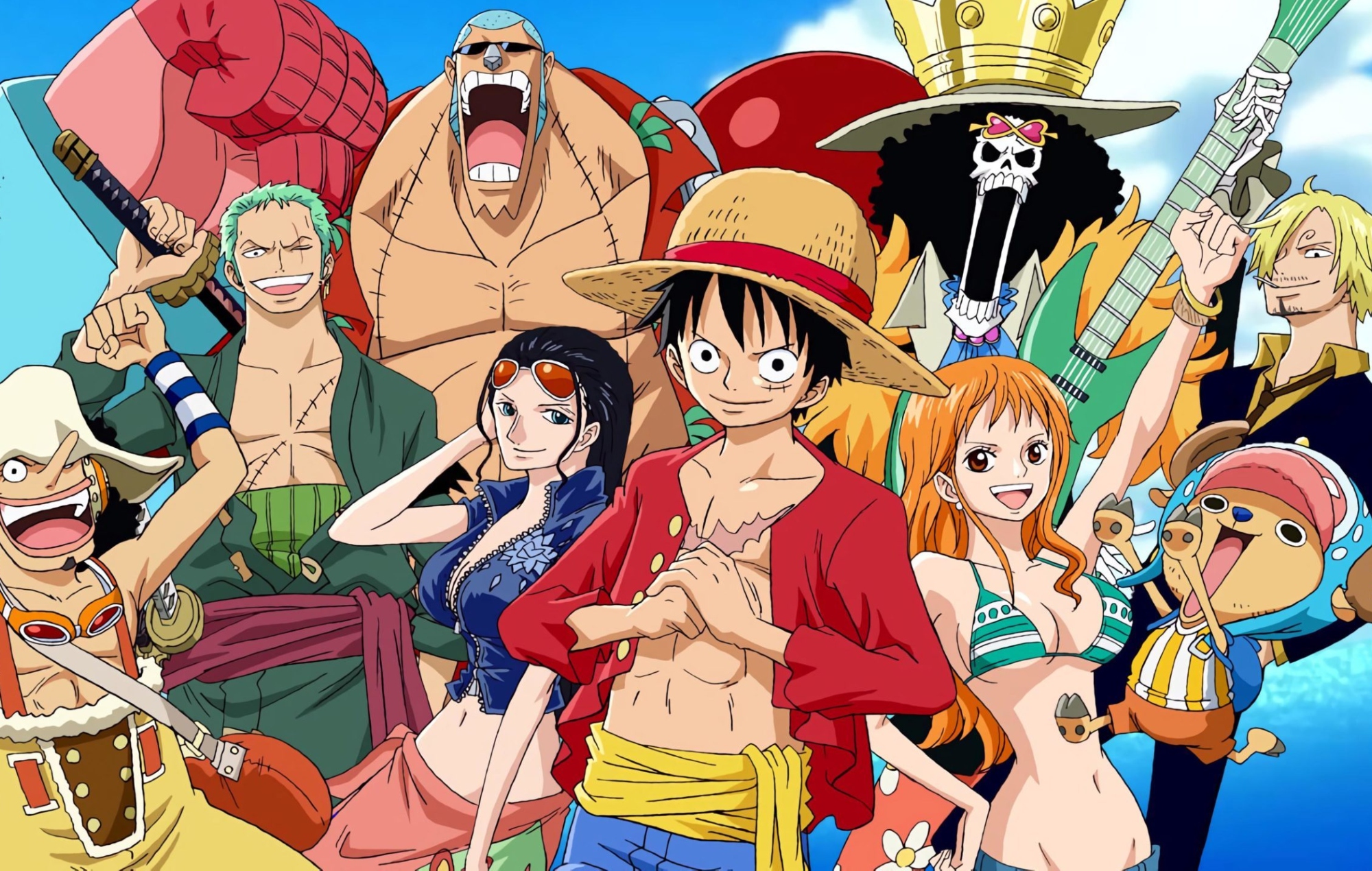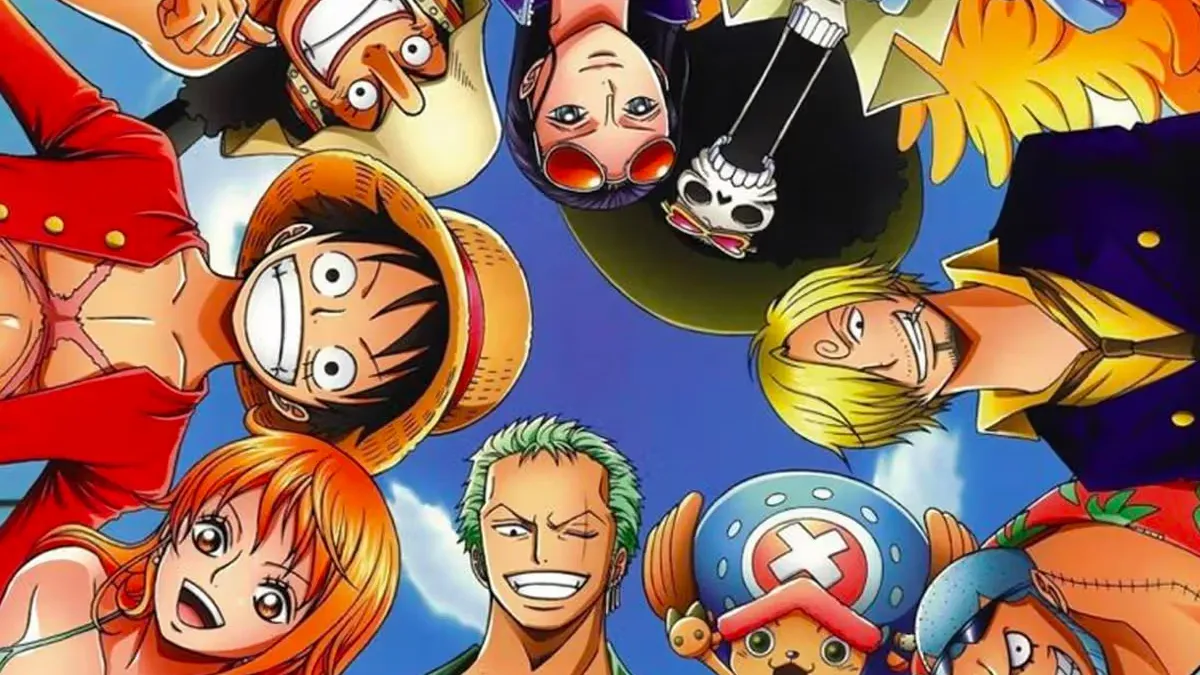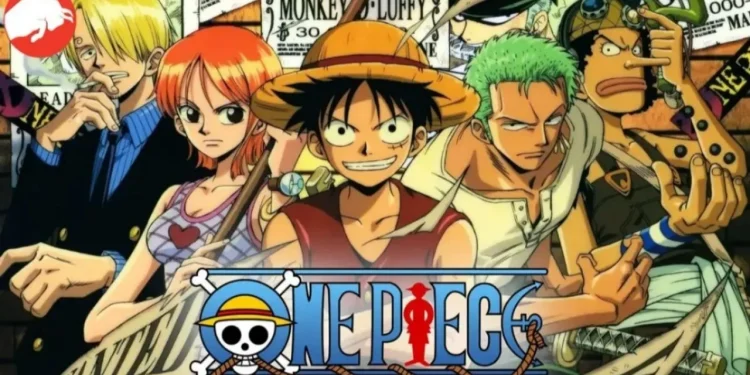One Piece, the brainchild of Eiichiro Oda, has mesmerized fans for over a quarter of a century, presenting a fantastical world of pirates and adventures. Since its inception in 1997 (manga) and 1999 (anime), One Piece has evolved into a global phenomenon. While both the anime and manga share the same foundational story and beloved characters, there are notable distinctions between the two mediums. Let’s embark on a journey to explore how the adventures of Monkey D. Luffy and the Straw Hat Pirates differ in their anime and manga incarnations.
Pacing and Filler: The Anime’s Narrative Flow
The Art of Storytelling in Motion
One Piece’s anime adaptation is generally slower-paced than its manga counterpart. This pacing allows the anime to delve deeper into character development and story nuances. The anime features “filler” episodes, which are essentially micro-stories inserted between major arcs. These fillers serve various purposes, such as giving the manga time to advance or allowing the anime to catch up. While they provide a breather, they can also be a source of frustration for fans eager to follow the main storyline.

Artistic Expressions: Manga vs. Anime
The Visual Language of One Piece
The artistic styles of the manga and anime exhibit subtle yet significant differences. Manga art tends to be more detailed and intricate, a result of Oda’s meticulous craftsmanship. In contrast, the anime adopts a simpler, more streamlined style, influenced by the practicalities and budget constraints of animation. However, it compensates by emphasizing battle scenes, with the Wano arc standing out for some of the best animations in One Piece’s history. Toei Animation has engaged top-tier animators to bring these epic battles to life.

Censorship and Adaptation: Altering Content for Broader Appeal
Navigating the Boundaries of Expression
Anime often undergoes more stringent censorship compared to manga. This is due to broadcasting standards and regulations, which necessitate toning down certain violent or sexual scenes. Changes in the anime adaptation can range from modifying character designs to altering plot elements, ensuring the content is suitable for diverse audiences.
I think it’s pretty safe to say that One Piece has become the face of anime for a while now and will be so for a very long time.
As you can see in this article they used One Piece’s name because when people think of anime the first anime that comes to mind is One Piece. pic.twitter.com/mgnVgNwhqo
— Mugi (@mugipunk) January 8, 2024
The Role of Color and Visual Effects
Bringing the Story to Life
A striking difference between the One Piece anime and manga lies in their use of color and visual effects. The manga primarily uses black and white, with occasional splashes of color on covers and special pages. The full-color revelation of characters or objects typically occurs in the anime, although some color hints are given in the manga’s special editions or Shonen Jump’s color pages.
Embracing the Diversity of One Piece
While One Piece’s anime and manga share the same essence, their differences in pacing, art style, censorship, and use of color create unique experiences for fans. Whether you prefer the detailed artistry of the manga or the dynamic animation of the anime, One Piece continues to be a treasure trove of storytelling and creativity.

One Piece: A Journey Through Different Mediums
Exploring One Piece’s anime and manga reveals how each medium offers its own interpretation of Oda’s pirate world. From the pacing and fillers of the anime to the intricate art of the manga, each form brings its own flavor to the epic tale of the Straw Hat Pirates.
The Artistic Worlds: Manga and Anime Compared
In the grand saga of One Piece, the distinctions between the manga and anime are as fascinating as the story itself. Understanding these differences enriches our appreciation of how One Piece has been adapted and enjoyed in various forms, captivating audiences worldwide.










